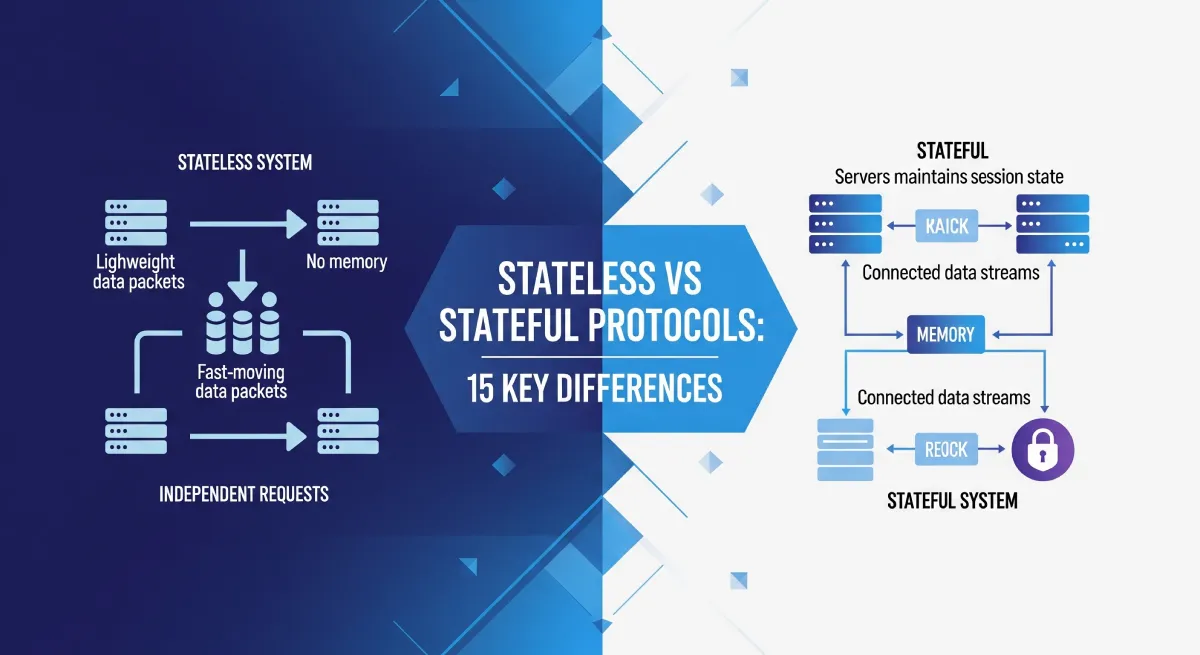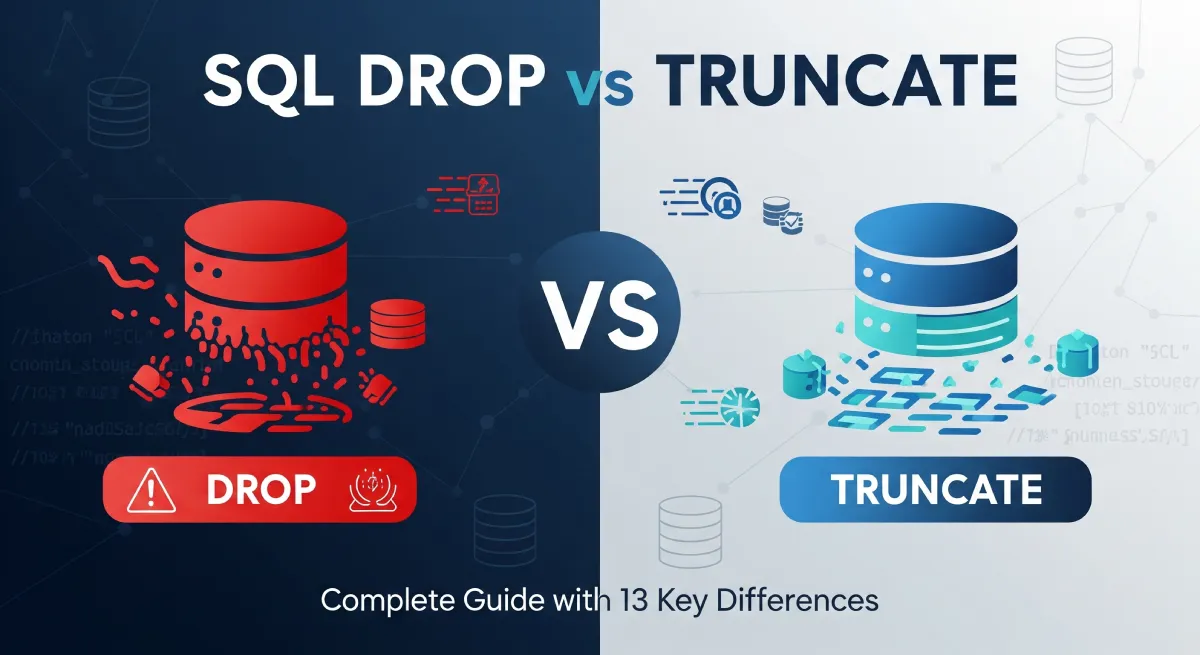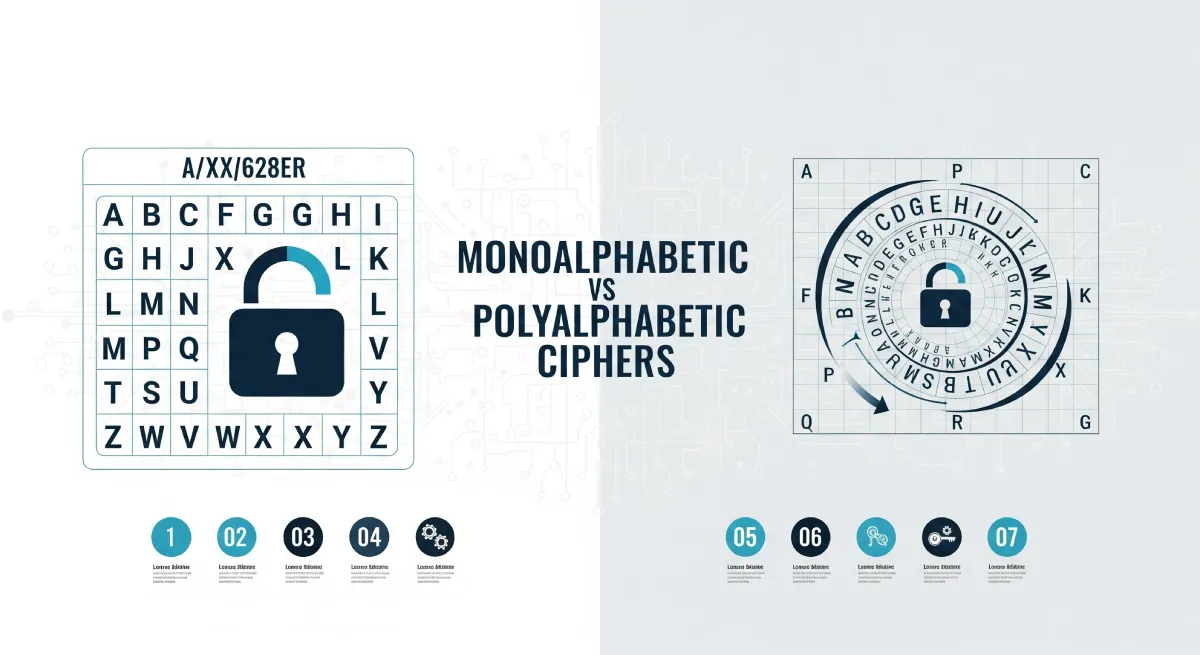In data transmission, simplex vs half-duplex vs full-duplex communication defines how information flows between devices. Simplex allows one-way communication, half-duplex permits two-way communication but not simultaneously, and full-duplex enables simultaneous two-way exchange. Understanding these modes is key to designing efficient communication systems. Communication can be classified into three main types: simplex, half-duplex, and full-duplex. Each type has its own characteristics, advantages, and disadvantages.

Simplex Communication
In simplex communication, data flows in only one direction. This means that communication can occur in either direction, but not both simultaneously. Examples of simplex communication include television broadcasting, where the TV station sends out signals that are received by viewers.
Advantages:
- Simple and easy to implement
- Less complexity in hardware
Disadvantages:
- Cannot receive feedback or responses
- Not suitable for interactive communication
Use Cases: Television broadcasting, unidirectional data transfer.
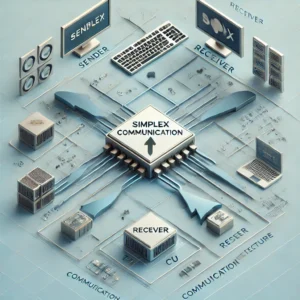
Half-Duplex Communication
Half-duplex communication allows data transmission in both directions, but not simultaneously. It operates in a two-way mode where one end can transmit while the other can only receive, and vice versa. Walkie-talkies are a common example of half-duplex communication.
Advantages:
- Suitable for scenarios where real-time feedback is not critical
- Less expensive compared to full-duplex
Disadvantages:
- Can lead to delays in communication due to switching between send and receive modes
- Not efficient for simultaneous two-way communication
Use Cases: Walkie-talkies, amateur radio communication.

Full-Duplex Communication
Full-duplex communication allows simultaneous two-way communication. Both communicating parties can send and receive data at the same time. Examples of full-duplex communication include telephone conversations and internet browsing.
Advantages:
- Enhanced efficiency in communication
- Real-time feedback is possible
Disadvantages:
- Requires more complex hardware and protocols
- Higher costs compared to simplex and half-duplex
Use Cases: Telephone conversations, video conferencing, internet browsing.
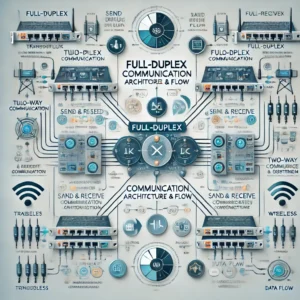
Key Differences: Simplex vs Half-Duplex vs Full-Duplex Communication
Simplex Communication | Half-Duplex Communication | Full-Duplex Communication |
|---|---|---|
| Unidirectional data flow from one source to multiple destinations | Data flow can occur in both directions but not simultaneously | Allows simultaneous two-way data exchange |
| Commonly used in broadcasting or monitoring systems | Commonly used in walkie-talkies and intercom systems | Utilized in telephone networks and internet communications |
| Transmission is continuous and constant in one direction | Requires transitioning between sending and receiving modes | Simultaneous transmission and reception without mode switching |
| No acknowledgment or error checking mechanism | May include acknowledgment but lacks error checking in real-time | Supports acknowledgment and error detection for reliable data transfer |
| Higher potential for data loss due to lack of error detection | Reduced data loss compared to simplex due to acknowledgment | Minimized data loss with error detection and acknowledgment |
| Less complex and more cost-effective for one-way communication | Balances simplicity with bidirectional communication capability | More complex but ensures efficient bidirectional communication |
| Unidirectional nature limits versatility but enhances efficiency | Provides bidirectional functionality with occasional delays | Optimal for real-time bidirectional data exchange |
| Unidirectional nature simplifies system design and implementation | Requires coordination to switch between sending and receiving | Complex protocols for simultaneous sending and receiving |
Frequently Asked Questions
What is simplex communication?
Simplex communication allows data to flow in only one direction. Devices in a simplex system can either send or receive data, but not both simultaneously. An example of simplex communication is a one-way radio broadcast.
What is half-duplex communication?
Half-duplex communication allows data to flow in two directions, but not at the same time. Devices in a half-duplex system can both send and receive data, but not simultaneously. Walkie-talkies are a common example of half-duplex communication.
What is full-duplex communication?
Full-duplex communication allows data to flow in both directions simultaneously. Devices in a full-duplex system can send and receive data at the same time, enabling real-time two-way communication. Examples of full-duplex communication include telephone conversations and video calls.
What are the key differences between simplex and full-duplex communication?
In simplex communication, data flows in only one direction, while in full-duplex communication, data flows in both directions simultaneously. Simplex is one-way communication, whereas full-duplex allows for two-way communication. Full-duplex systems typically use separate channels for sending and receiving data, enabling more efficient and faster communication compared to simplex.
Can a device support multiple types of communication modes?
Yes, some devices can support multiple communication modes. For example, many modern smartphones are capable of supporting simplex, half-duplex, and full-duplex communication depending on the application or network they are connected to. This flexibility allows devices to adapt to various communication requirements.
Conclusion
In conclusion, understanding the differences between simplex, half-duplex, and full-duplex communication is crucial for choosing the most suitable option for your specific needs. Simplex communication allows data transmission in one direction only, while half-duplex enables bidirectional communication but not simultaneously. On the other hand, full-duplex communication permits data transmission in both directions simultaneously.
To make an informed decision, consider the nature of your communication requirements. If you need unidirectional data flow, simplex communication is sufficient. For scenarios where bidirectional communication is necessary but not simultaneously, half-duplex may be suitable. However, if real-time, simultaneous data exchange is essential, full-duplex communication is the ideal choice.
Ultimately, the key decision-making criteria lie in the nature of the data exchange needed, the bandwidth availability, and the potential for data collisions. By carefully evaluating these factors, you can select the most appropriate communication mode to optimize efficiency and effectiveness in your specific application.
